Home>diy>Home Improvement>How To Estimate The Cost Of Renovation
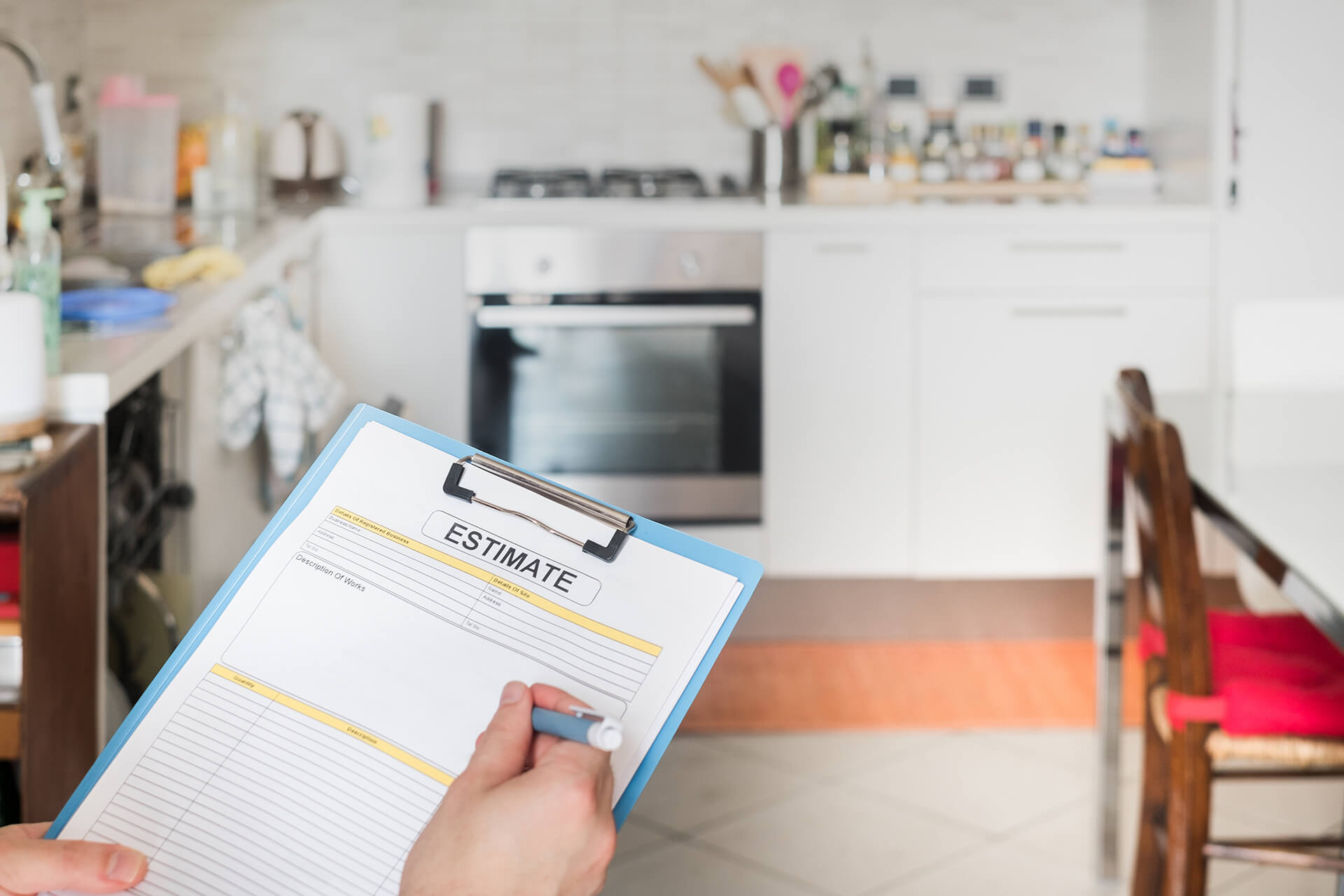

Home Improvement
How To Estimate The Cost Of Renovation
Modified: January 6, 2024
Learn how to estimate the cost of renovating your home in this comprehensive guide. Discover valuable tips and tricks for your home improvement project.
(Many of the links in this article redirect to a specific reviewed product. Your purchase of these products through affiliate links helps to generate commission for Storables.com, at no extra cost. Learn more)
Introduction
Welcome to the world of home renovation! Whether you’re planning a minor facelift or a major overhaul, estimating the cost of renovation is a crucial step in the process. Knowing how much you can expect to spend allows you to budget and make informed decisions along the way.
Renovations can range from a simple bathroom update to a complete home transformation. Factors such as the size and complexity of the project, the quality of materials, and even the location of your home can significantly impact the final cost.
In this article, we will guide you through the process of estimating the cost of renovation. We’ll break down different aspects of the project and provide practical tips to help you calculate an accurate budget. Let’s dive in!
Key Takeaways:
- Estimating the cost of a renovation involves assessing the scope, evaluating labor and material costs, factoring in equipment, permits, and hidden expenses. Thorough research and a realistic mindset are crucial for developing an accurate budget.
- Calculating the total renovation cost requires careful consideration of labor, materials, equipment, permits, and contingencies. Flexibility and a contingency fund are essential for accommodating unforeseen circumstances and changes in the project.
Assessing the Scope of Renovation
Before you can estimate the cost of renovation, it’s essential to assess the scope of the project. This involves clearly defining what needs to be done and what your renovation goals are.
Start by making a list of all the areas or rooms you plan to renovate. Are you focusing on a specific area like the kitchen or bathroom, or are you looking to update multiple rooms throughout your home? It’s important to have a clear understanding of the scope to estimate costs accurately.
Next, consider the extent of the changes you want to make. Are you planning a cosmetic update, such as painting and replacing fixtures, or are you looking at a more extensive renovation that involves structural changes and additional square footage? The complexity of the project will impact the cost, so be realistic about your goals and budget.
Take note of any specific requirements or challenges that may affect the scope and cost of the renovation. For example, if your home is older, there may be hidden issues like outdated wiring or plumbing that need to be addressed. Addressing these issues early on will help you determine the appropriate budget and prevent any surprises or delays down the line.
Lastly, consult with professionals such as contractors and architects who can provide valuable insights and help you evaluate the scope of the project. Their experience can give you a better understanding of what’s involved and the potential costs you may be looking at.
Remember, the more detailed and realistic your assessment of the renovation scope is, the more accurate your cost estimate will be. So take your time, do your research, and make a thorough evaluation before moving forward.
Evaluating Labor Costs
When estimating the cost of renovation, labor is a significant expense that needs careful consideration. The cost of hiring skilled professionals to complete the work can vary depending on several factors.
First, consider the complexity and time required to complete the renovation. Projects that involve intricate details or require specialized skills, such as electrical or plumbing work, may require hiring licensed professionals who charge higher hourly rates. On the other hand, simpler tasks like painting or installing flooring may be more affordable and can potentially be done by a general contractor or even by yourself if you have the necessary skills.
Next, take into account the location of your home. Labor costs can vary significantly from one region to another. Research local industry standards and get multiple quotes from contractors to ensure you’re getting a fair estimate.
It’s also important to consider the experience and reputation of the professionals you hire. Highly skilled and reputable contractors may charge premium rates compared to those with less experience. However, it’s worth investing in quality workmanship to ensure your renovation is done right and meets your expectations.
In addition to labor costs for the renovation itself, you may also need to budget for other professionals such as architects or designers. Their expertise can be invaluable in planning and executing your renovation project, but it’s important to include their fees in your overall budget.
When evaluating labor costs, be sure to get detailed quotes from contractors or tradespeople. These quotes should outline the specific tasks to be performed, the estimated time required, and the cost per hour or per project. This information will give you a clear picture of how much the labor component of your renovation will cost.
Keep in mind that unforeseen circumstances or changes to the scope of work can impact labor costs. It’s a good idea to set aside a contingency fund to account for any unexpected expenses that may arise during the renovation process.
By carefully evaluating and budgeting for labor costs, you’ll have a better understanding of the overall cost of your renovation project and be able to make informed decisions about how to proceed.
Estimating Material Costs
When estimating the cost of renovation, materials play a significant role in determining the overall budget. Carefully estimating material costs will help you plan and allocate your finances effectively.
Begin by creating a comprehensive list of all the materials needed for your renovation project. This list should include everything from paint and flooring to fixtures and appliances. Take note of the specific quantities and specifications required for each item.
Once you have your list, it’s time to research and gather pricing information. Start by visiting local home improvement stores and suppliers to get an idea of the current market prices for the materials you need. Take note of any sales, discounts, or promotions that may be available.
Alternatively, you can also explore online sources and compare prices across different suppliers. Many e-commerce platforms offer a wide range of building materials and fixtures at competitive rates. Keep in mind that shipping costs should be factored in if you choose to purchase items online.
In addition to the cost of materials, consider any additional expenses that may be incurred. For example, some materials may require specialized tools or equipment for installation. Research the costs of renting or purchasing these tools, as they can contribute to the overall material budget.
Another factor to consider is the quality of the materials. Higher-quality materials may come with a higher price tag but can offer greater durability and longevity. Assess your priorities and budget constraints to determine the right balance between cost and quality.
Lastly, be sure to account for any waste or excess materials that may be generated during the renovation process. It’s common to have some leftovers or mistakes that require additional materials to rectify. Including a buffer for such situations will help ensure you have enough materials without overspending.
By diligently researching and estimating material costs, you’ll have a clear understanding of how much you need to allocate for materials in your renovation budget. This will help you make informed decisions and avoid any surprises or financial constraints as the project progresses.
Factoring in Equipment and Tools
When estimating the cost of renovation, it’s important to consider the equipment and tools you’ll need to successfully complete the project. Whether you plan to hire or purchase these items, factoring in their costs is essential for an accurate budget.
Start by making a list of all the equipment and tools required for your specific renovation project. This can include anything from power tools like drills and saws to specialized equipment like a tile cutter or a paint sprayer. Take note of the specific tools needed for each task to ensure you have everything required for a smooth renovation process.
If you already own some of the necessary tools, you can exclude their costs from your budget. However, if you need to acquire or rent certain tools, research the prices and availability in your local area. Compare prices across different suppliers to ensure you’re getting the best deal.
Consider the duration of the renovation project when deciding whether to buy or rent equipment. If it’s a one-time renovation or you don’t anticipate using the tools again in the future, renting may be more cost-effective. However, if you foresee future projects or ongoing maintenance, purchasing the tools may be a better long-term investment.
Keep in mind that in addition to the initial cost of the equipment, you should also account for any maintenance or repair expenses. Power tools may require regular servicing or replacement parts, so factor these costs into your budget as well.
If you decide to hire professionals or contractors to handle the renovation, their fees may include the use of their own equipment and tools. It’s important to clarify this with the professionals during the hiring process to ensure there are no unexpected equipment costs.
When factoring in the costs of equipment and tools, it’s also advisable to include a contingency amount for any unforeseen needs or emergencies. This buffer will give you peace of mind and help cover any unexpected expenses that may arise during the renovation process.
By factoring in the costs of equipment and tools, you’ll have a more accurate estimation of the overall budget for your renovation project. This will allow you to plan accordingly and ensure you have all the necessary resources to complete the tasks at hand.
When estimating the cost of renovation, be sure to factor in all expenses including materials, labor, permits, and unexpected costs. Get multiple quotes to ensure accuracy.
Read more: How To Estimate Construction Costs
Considering Permits and Inspection Fees
When estimating the cost of a renovation, it’s important to factor in any permits and inspection fees that may be required by your local government or building authorities. These fees are often overlooked but can significantly impact your budget and timeline.
Before starting any major renovation project, it’s crucial to research and understand the specific permits and approvals needed for your area. These requirements can vary from city to city and may be dependent on the type of renovation you’re undertaking.
Permits are typically required for renovations that involve structural changes or additions, electrical rewiring, plumbing modifications, or changes to the overall floor plan. It’s important to obtain these permits to ensure your renovation complies with building codes and regulations.
Contact your local building department or municipality to determine the permit fees associated with your project. These fees are usually based on the scope and value of the renovation and may vary depending on your location. Be sure to include these fees in your overall budget.
In addition to permits, inspection fees may also be necessary. These fees cover the cost of inspections conducted by building officials or inspectors to ensure your renovation is being done safely and meets the required standards.
The number of inspections needed will depend on the complexity of your project. Common inspections include framing, electrical, plumbing, and final inspections. Each inspection may incur a separate fee, so it’s important to research and understand these costs.
Factor in these permit and inspection fees when estimating the cost of your renovation project. Doing so will help you avoid any surprises or delays in the process, as well as ensure that your renovation complies with local regulations.
It’s also advisable to work with professionals such as architects or contractors who are familiar with the permit process in your area. They can guide you through the necessary steps and help you navigate any bureaucratic requirements.
By considering permits and inspection fees upfront, you can accurately estimate the cost of your renovation and ensure that your project is carried out legally and safely.
Accounting for Hidden Costs and Contingencies
When estimating the cost of a renovation, it’s crucial to account for hidden costs and unexpected expenses that may arise during the project. These costs, although unpredictable, are common in renovation projects and can significantly impact your budget and timeline.
One of the main hidden costs to consider is the discovery of underlying issues or unexpected repairs. As walls are opened up and old fixtures are removed, you may uncover hidden damage, such as mold, water leaks, or structural issues. It’s essential to set aside a contingency fund to address these unforeseen expenses, as they often require immediate attention to ensure the safety and integrity of your home.
Another often overlooked hidden cost is the disposal of construction debris and waste. Renovation projects generate a significant amount of garbage, and you may need to rent a dumpster or hire a waste removal service to properly dispose of it. Factor in these disposal costs to avoid any surprises when it comes time to clean up your renovation site.
Don’t forget to account for any temporary housing or storage expenses that may arise during the renovation. Depending on the scale and duration of the project, you may need to find alternative accommodation or rent storage space for your belongings. These costs can add up, so it’s important to include them in your budget.
Changes in project scope or design choices can also impact the overall cost of your renovation. Once construction is underway, you may decide to make modifications or upgrades. While it’s important to have some flexibility, it’s equally important to recognize that changes can lead to additional expenses. Try to plan and finalize your design choices before starting the renovation to minimize such costs.
Finally, it’s wise to set aside a contingency fund for unexpected cost overruns or delays. Renovations often encounter unexpected challenges or situations that can cause timelines to be extended or budgets to be stretched. Having an extra buffer in your budget will give you peace of mind and help you navigate any unexpected circumstances that arise.
By accounting for hidden costs and contingencies from the start, you’ll have a more realistic and accurate estimation of the total cost of your renovation. This proactive approach will help you address unforeseen expenses and ensure that your project stays on track without causing undue financial stress.
Calculating Total Renovation Cost
Now that you have considered all the essential elements of your renovation project, it’s time to calculate the total cost. By combining the estimated labor costs, material costs, equipment and tool expenses, permit and inspection fees, and accounting for hidden costs and contingencies, you can arrive at a comprehensive estimate.
Start by adding up the labor costs based on the quotes you received from contractors or tradespeople. Take into account any specialized skills or licensing required for certain tasks, as well as the duration of the project. Multiply the estimated hours by the hourly rate for each professional involved in the renovation.
Next, sum up the material costs by adding the prices of all the items on your materials list. Include any additional expenses such as delivery fees or rental costs for tools and equipment needed for installation or construction.
Don’t forget to add the costs of permits and inspection fees to your total. Research the specific fees associated with your project and factor them in accordingly. These fees can vary depending on the size and scope of the renovation, as well as the regulations in your local area.
Account for any hidden costs and contingencies by setting aside a percentage of your budget as a contingency fund. This fund will cover any unexpected expenses or changes in the scope of the project that may arise during construction. It’s recommended to allocate around 10-15% of the total project cost as a contingency.
Finally, sum up all the individual costs—labor, materials, equipment, permits, and contingencies—to calculate the total renovation cost. This comprehensive figure will give you a clear understanding of the financial investment required for your project.
Keep in mind that while estimating the total renovation cost provides a helpful guideline, it’s essential to remain flexible and allow for some fluctuation. Renovations can sometimes encounter unforeseen circumstances or last-minute changes that may require adjustments to the budget. Therefore, having a contingency fund in place is crucial in accommodating these changes.
By diligently calculating the total renovation cost based on the various elements discussed, you’ll have a solid foundation for developing a realistic budget. This will allow you to navigate the project with confidence and make informed decisions along the way.
Conclusion
Estimating the cost of a renovation is an essential step in planning a successful home improvement project. By carefully considering the scope of the renovation, evaluating labor and material costs, factoring in equipment and tools, accounting for permits and inspection fees, and allowing for hidden costs and contingencies, you can develop an accurate and realistic budget.
Remember, thorough research and consultation with professionals are key to ensuring a precise estimate. Engage with contractors, architects, and suppliers to gather accurate information on labor and material costs in your area. Don’t hesitate to seek multiple quotes and compare prices to secure the best value for your renovation project.
It’s important to approach the estimation process with a realistic mindset. While cost is a significant factor, quality and safety should not be compromised. Invest in reputable professionals and high-quality materials to ensure the longevity and value of your renovation.
Always leave room for unexpected expenses by setting aside a contingency fund. This buffer will provide peace of mind and flexibility to handle any unforeseen issues that may arise during the renovation process.
Lastly, remember that estimating the cost of renovation is not a one-time task. Throughout the project, continuously monitor your expenses and make any necessary adjustments to stay within your budget. Regularly review and update your estimates to account for changes in scope, design decisions, or any other factors that may impact the overall cost.
By following these guidelines and being thorough in your estimation process, you can embark on your home renovation journey with confidence and financial preparedness. A well-planned and accurately estimated renovation will not only transform your living space but also provide you with a beautiful and functional home for years to come.
Frequently Asked Questions about How To Estimate The Cost Of Renovation
Was this page helpful?
At Storables.com, we guarantee accurate and reliable information. Our content, validated by Expert Board Contributors, is crafted following stringent Editorial Policies. We're committed to providing you with well-researched, expert-backed insights for all your informational needs.
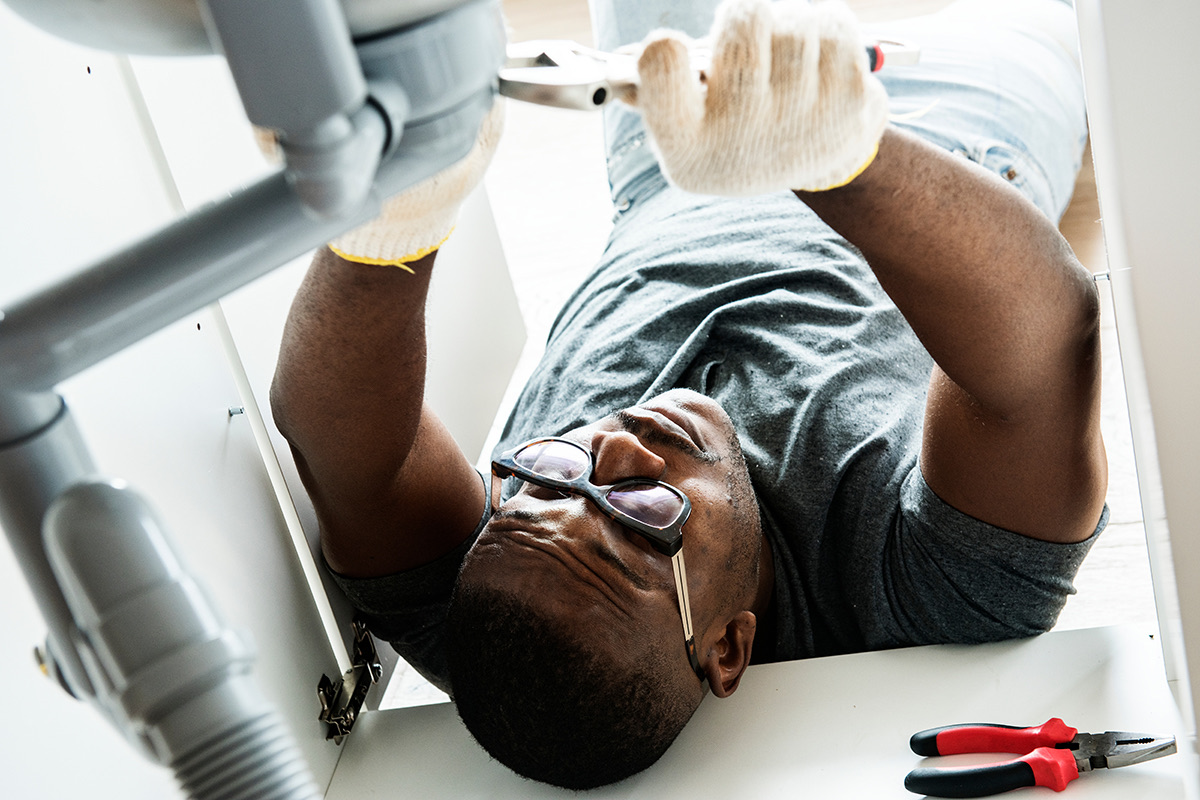
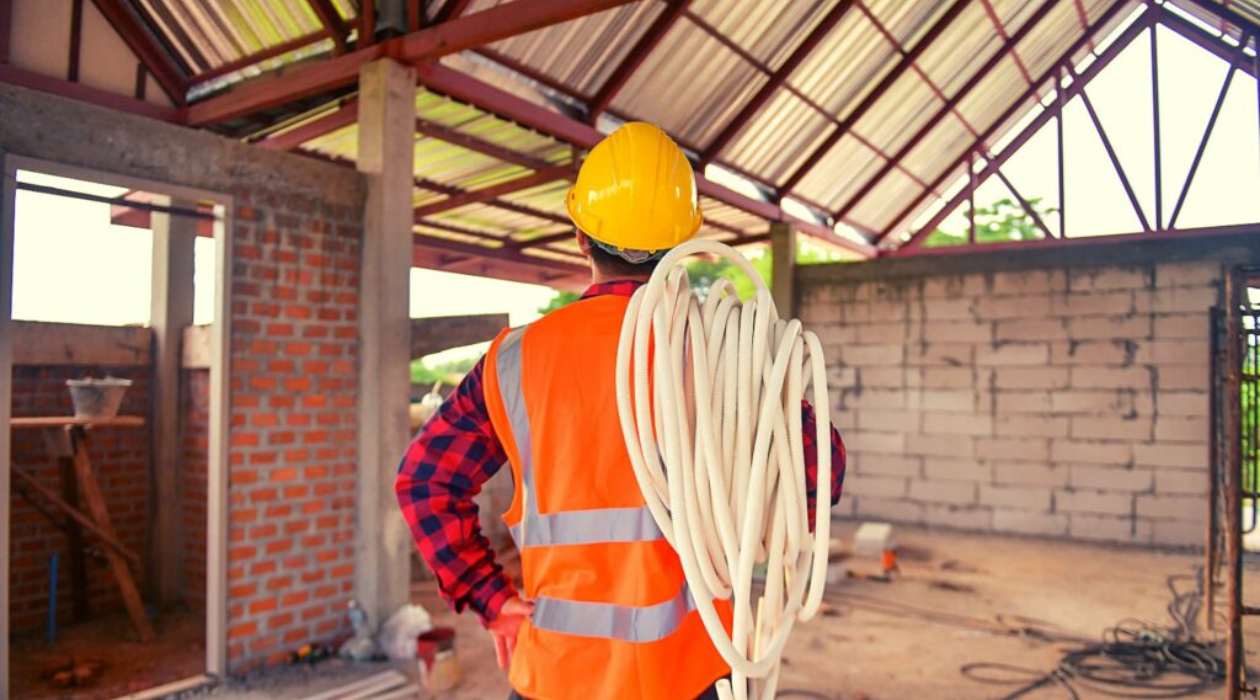
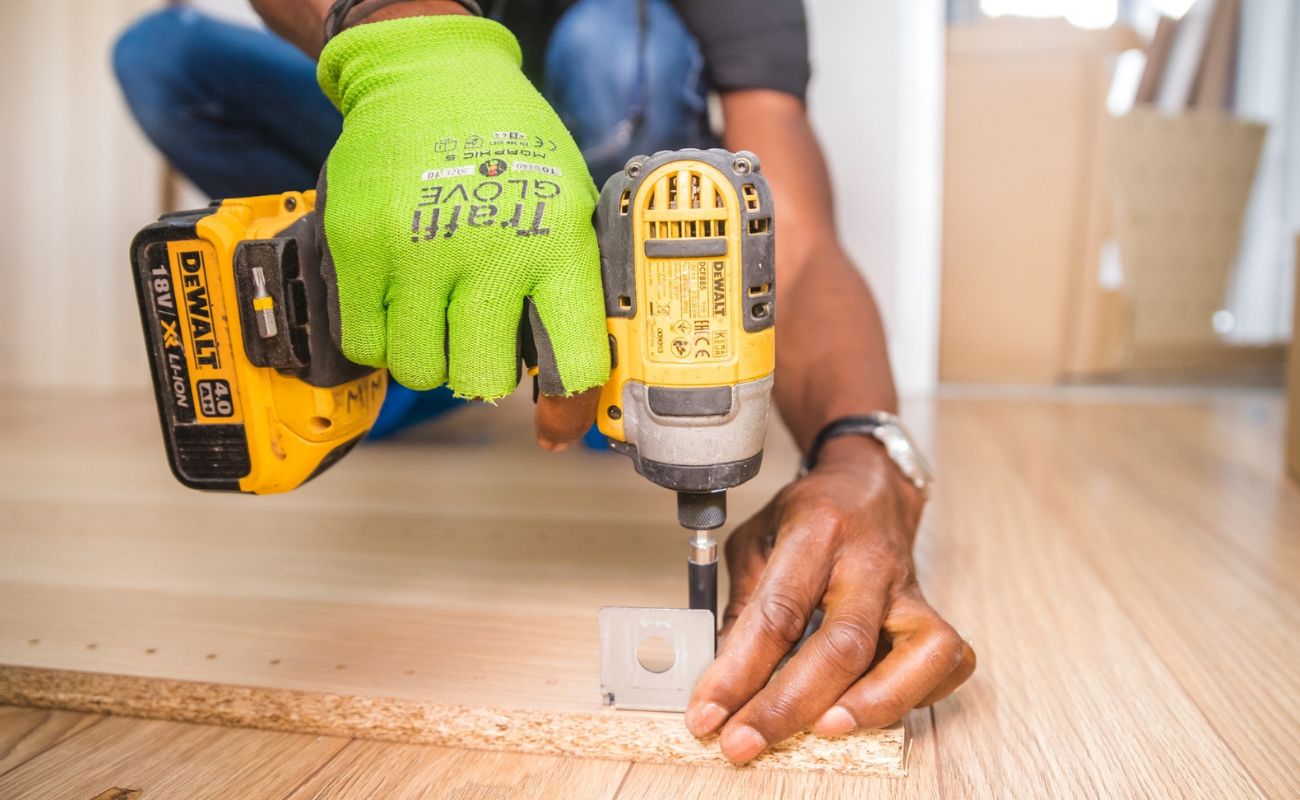
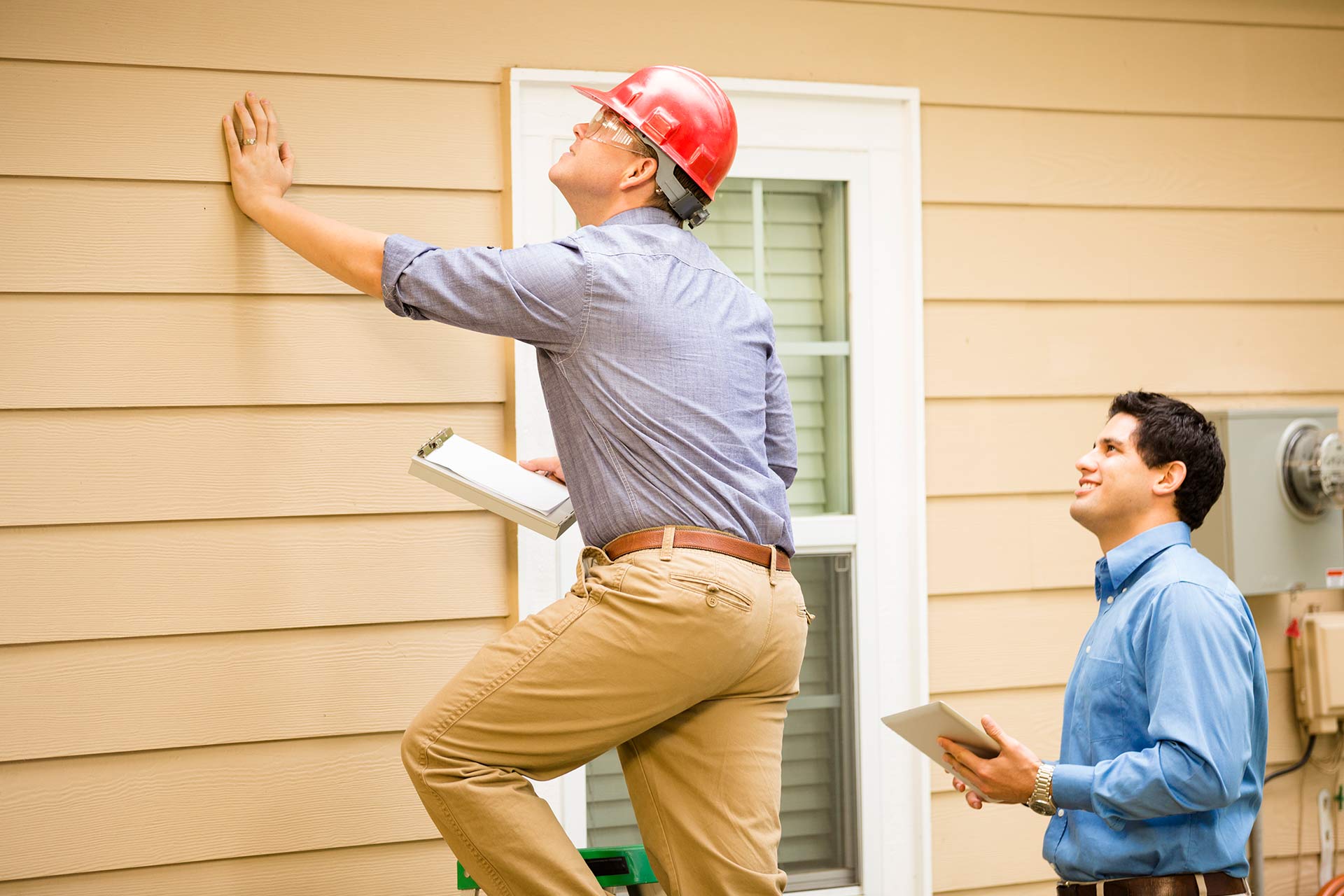


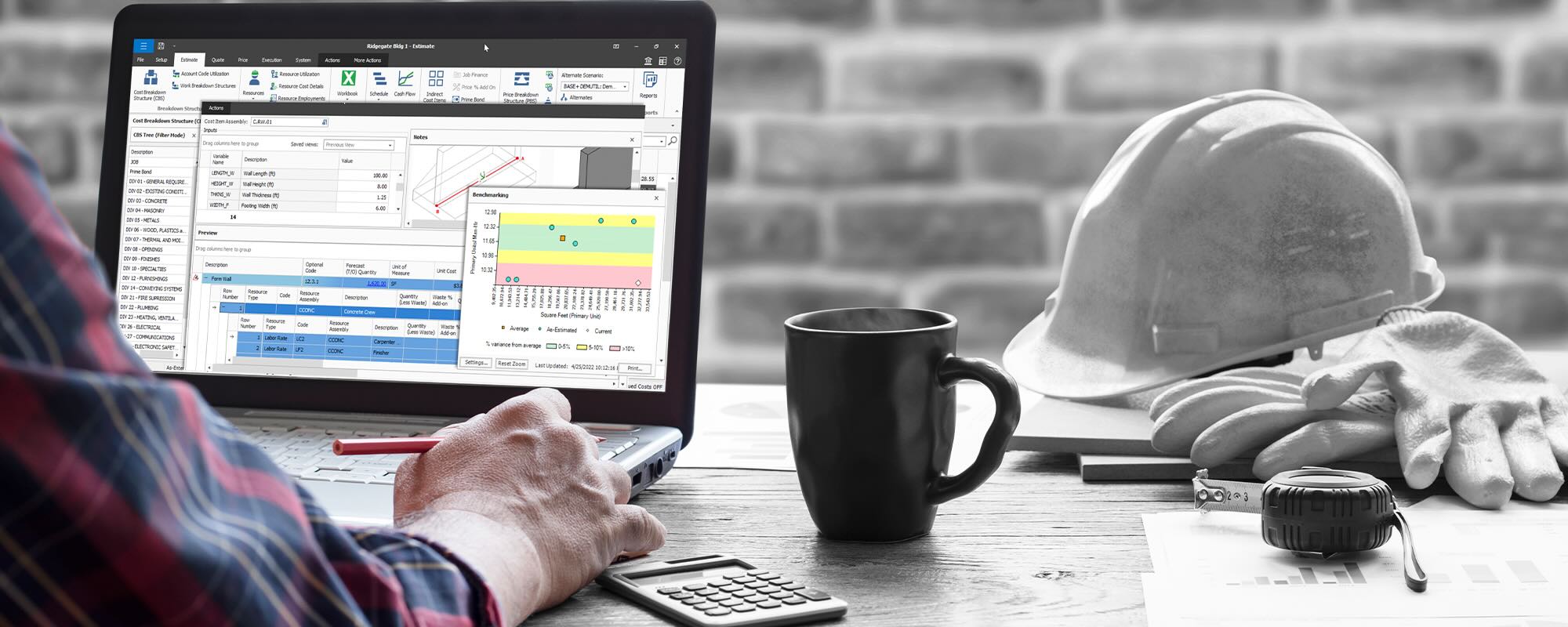
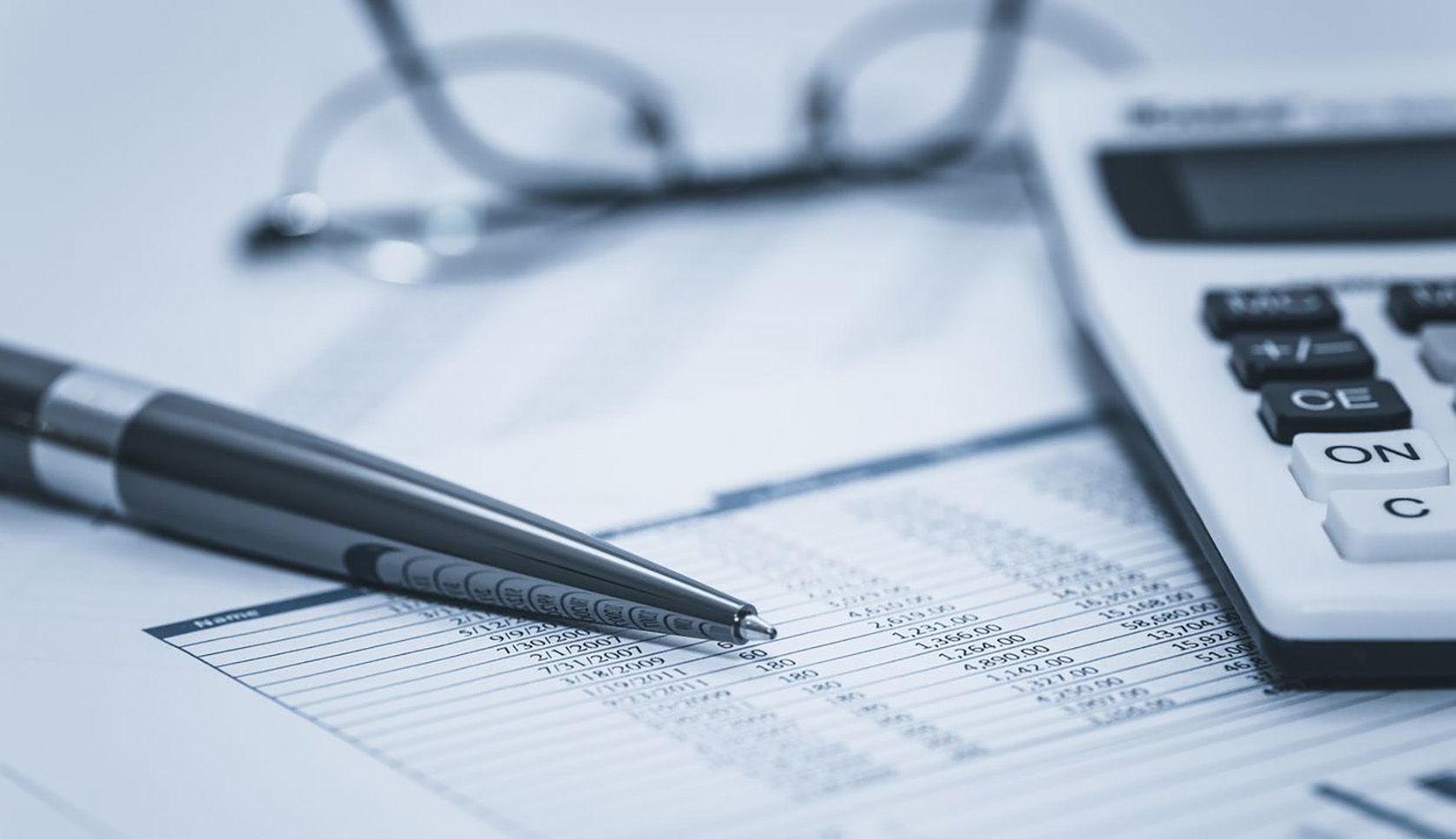
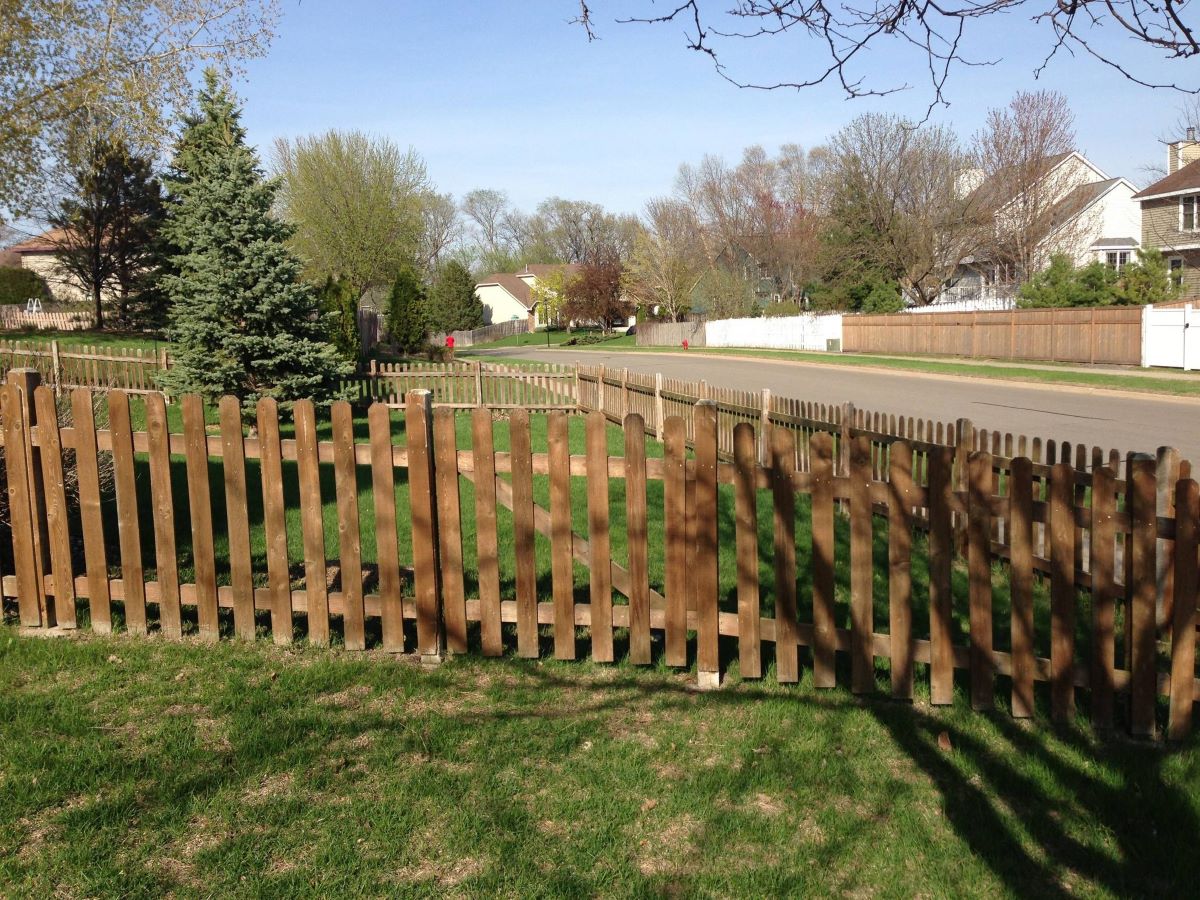



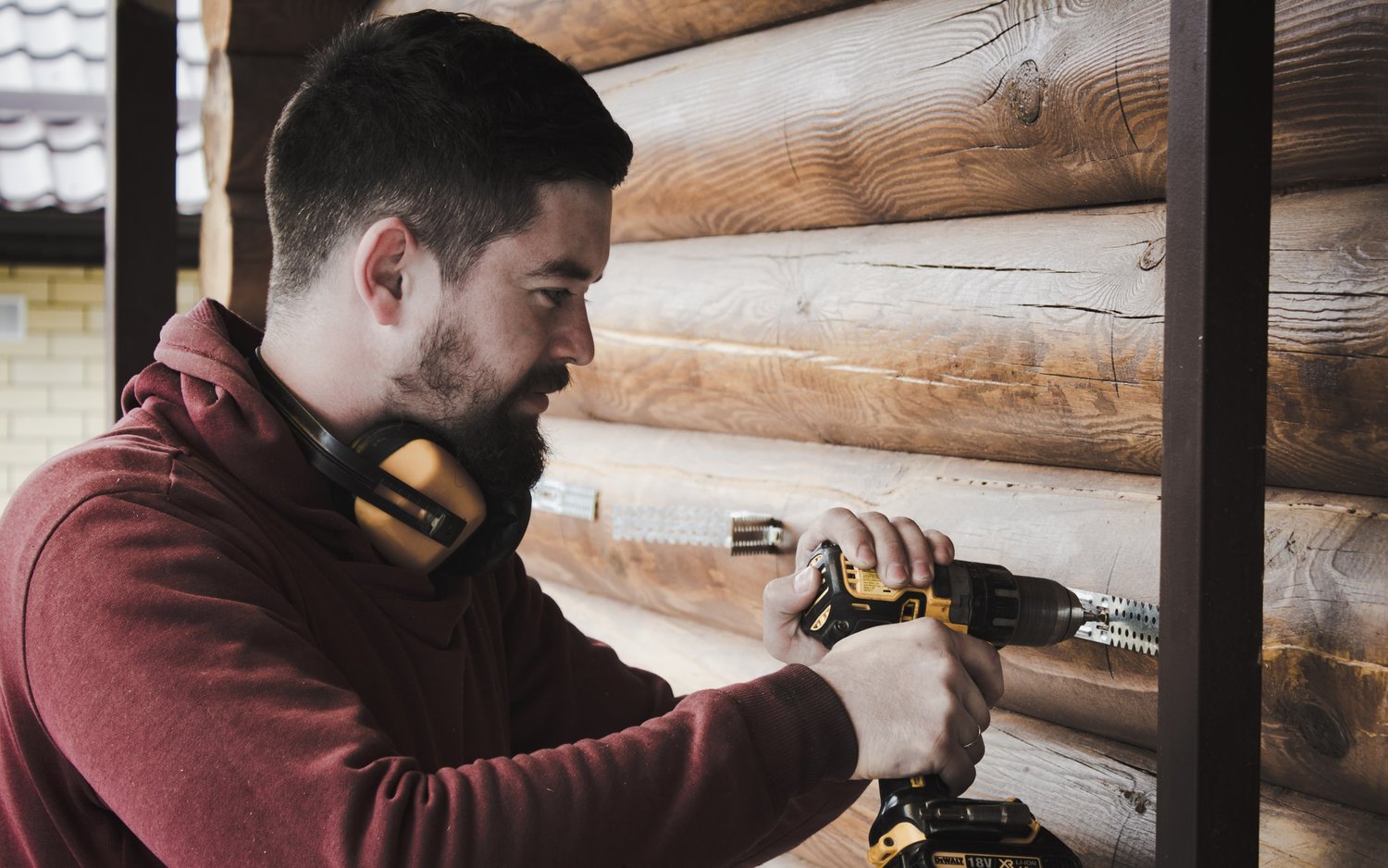
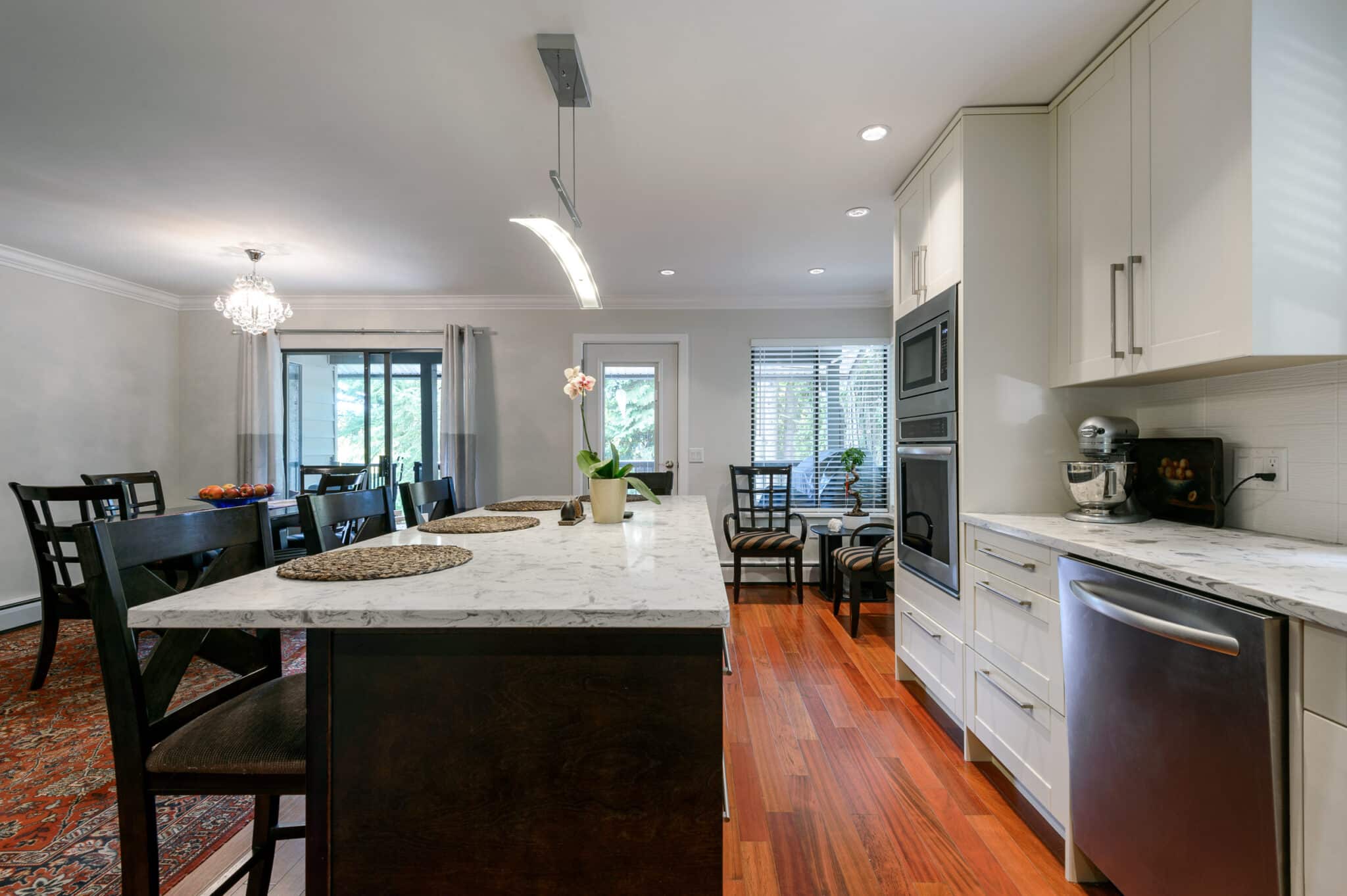

0 thoughts on “How To Estimate The Cost Of Renovation”